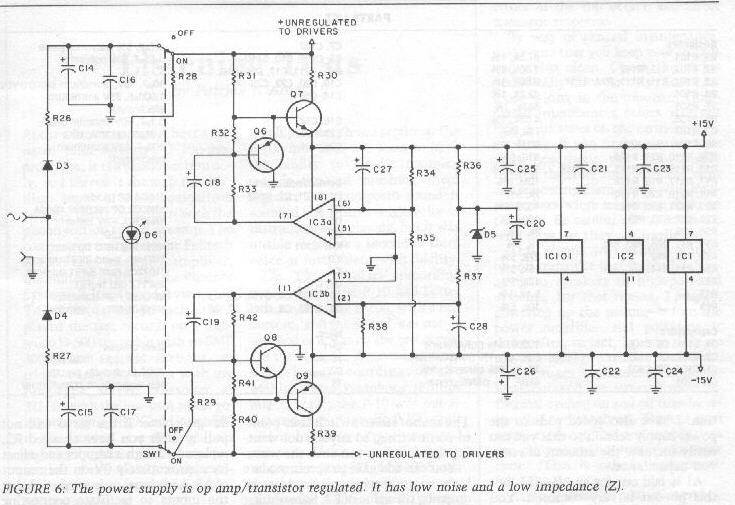Kingston
Well-known member
living sounds said:Kingston said:The fix is completely separate RC's (damping stages) for the meter driver opamps. 20ohm and 22-47uF are probably fine. You can dump their dirt to the same garbage drain you are already using for the rest of the system.
So a 20ohm resistor each in series with the +/- supply lines for the TL074?
yes, with reasonably big caps locally at the opamp. Involves cutting the traces that are already going to the meter opamp, and replacing them with the resistors. This is often done at current sucking sections, like headphone amps to isolate and clean up the rails at the same time. 10ohm/220uF in my mixer for example.

























![Soldering Iron Kit, 120W LED Digital Advanced Solder Iron Soldering Gun kit, 110V Welding Tools, Smart Temperature Control [356℉-932℉], Extra 5pcs Tips, Auto Sleep, Temp Calibration, Orange](https://m.media-amazon.com/images/I/51sFKu9SdeL._SL500_.jpg)









